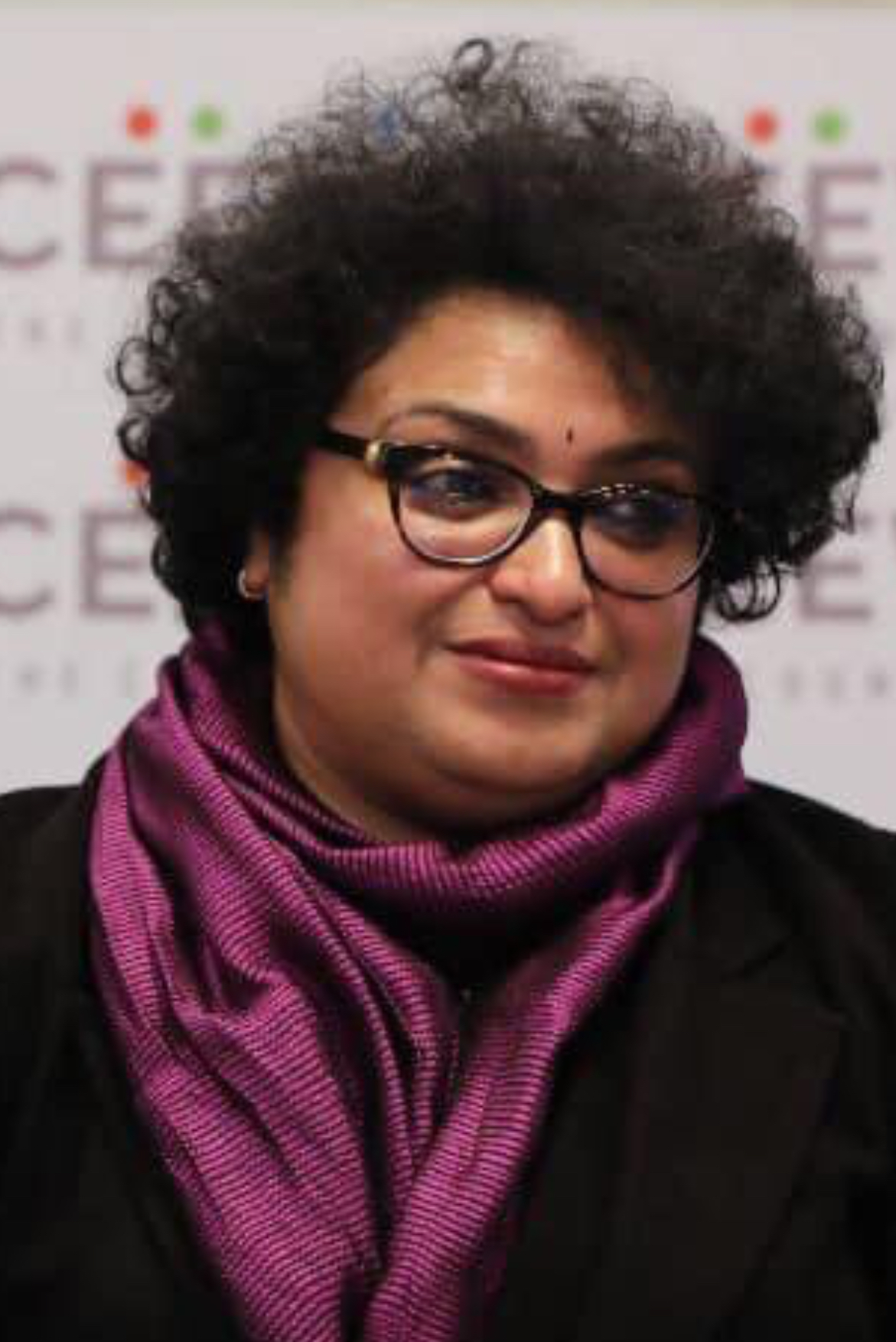The 2023 Nobel economics laureate has shown that the bulk of this earnings difference is now between men and women in the same occupation and that it largely arises with the birth of the first child.
The 2023 Sveriges Riksbank Prize in Economic Sciences in memory of Alfred Nobel was awarded to Harvard professor of economics Claudia Goldin by the Royal Swedish Academy of Sciences “for having advanced our understanding of women’s labour market outcomes”. Goldin asserts that “we have to step back and ask questions about piecing together the family, the home, the marketplace, and employment” to address gender differences in wages. She has done her research on the sources of gender gaps over time and across various stages of economic development. So far, public policy has not yet fully translated the inferences from her research into effective policy prescriptions. It is highly dynamic, as social norms and non-economic factors complicate the policy space when we think of increasing the labour force participation of women.
Goldin with her co-author Lawrence F Katz, a fellow Harvard economist with whom she is married, published a paper in the Journal of Political Economy titled “The Power of the Pill” in 2002. Her research showed how female control of fertility positively affected women's labour force participation in the economy. Her early research was to investigate among young, unmarried college graduate women the link between the diffusion of the birth control pill and education-employment outcomes among women, using time series data across states and across cohorts.
A significant factor in the gender gap in earnings could be the differences in education and occupational choices. However, the 2023 Nobel economics laureate has shown that the bulk of this earnings difference is now between men and women in the same occupation and that it largely arises with the birth of the first child. The empirical evidence from her research revealed that “the fraction of US college graduate women entering professional programmes increased substantially just after 1970, and the age at first marriage among all US college graduate women began to soar around the same year”. To put things in perspective, it is interesting to recall that in the US, the Food and Drug Administration approved the pill in 1960 for use only among married women. It was in the late 1960s that state law changes reduced the age of majority and extended the use of pills to “mature minor”.
Power Of The Pill
Goldin’s research asserts empirical evidence about the ‘power of the pill’ in lowering the costs of long-term professional education for women and raising the mean age at marriage. Another study, again coauthored with Katz and published in the Quarterly Journal of Economics in 1998, examined the impact of new technologies on the structure of wages. She found a strong positive link between changes in capital intensity and wages against the backdrop of the computerisation surge during that time. Her research revealed that if you do not use a computer for your work, it is highly likely that your wage is lower than that of those who do. This widening wage structure due to new technologies and computers was a matter of concern, and she analysed the impact of advancing technology on widening inequalities in the wage structure.
In her book, coauthored with Katz and published by Harvard University Press, titled “The Race Between Education and Technology”, she revealed that the American educational system is what made America the richest nation. In her NBER working paper titled “Why Women Won”, published in October 2023, she highlighted that despite continued economic growth in terms of GDP, women’s pay did not continuously close in on men’s and that, despite women attaining higher levels of education than men, the income divide still exists. Goldin asserted that the intrahousehold dynamics affect the nature of work women take. What happens at home determines what happens in the workplace. Women tend to take up jobs with flexible hours, which in turn leads to widening gender gaps in wages. In her analysis, the determinants of women’s labour force participation are not influenced by just socio-economic factors, they are also determined by her own decisions within the dynamics of her home.
Individual Decisions Of Women
Goldin mentions that young girls often make decisions by looking at their role models or their own mothers’ decisions and participation in labour markets. In her analysis, a woman’s role in the job market and the pay she receives aren’t influenced just by broad social and economic changes, they are also determined partly by her individual decisions about, for example, how much education to get.
Goldin is a pioneer in the field of gender economics, and her latest book, “Career and Family”, places women squarely at the centre of the family economics story. In the IMF podcast series “Women in Economics”, journalist Rhoda Metcalfe had a productive conversation with Goldin about how she came to write the definitive book on gender economics, “Understanding the Gender Gap” in June 2023. In the podcast, she mentioned that economic history was largely documented by men about men. The economics of her family determine the economics of her labour force participation. In her recent book, titled “Career and Family”, she has focused on the gender differentials in wages, and she highlights that it’s the price women are paying for flexibility in work.
This article appeared first in Moneycontrol on October 10th 2023 11.11 AM
Lekha Chakraborty is Professor, NIPFP and Research Associate of Levy Economics Institute of Bard College, New York and Member, Governing Board of International Institute of Public Finance (IIPF) Munich.
The views expressed in the post are those of the authors only. No responsibility for them should be attributed to NIPFP.

